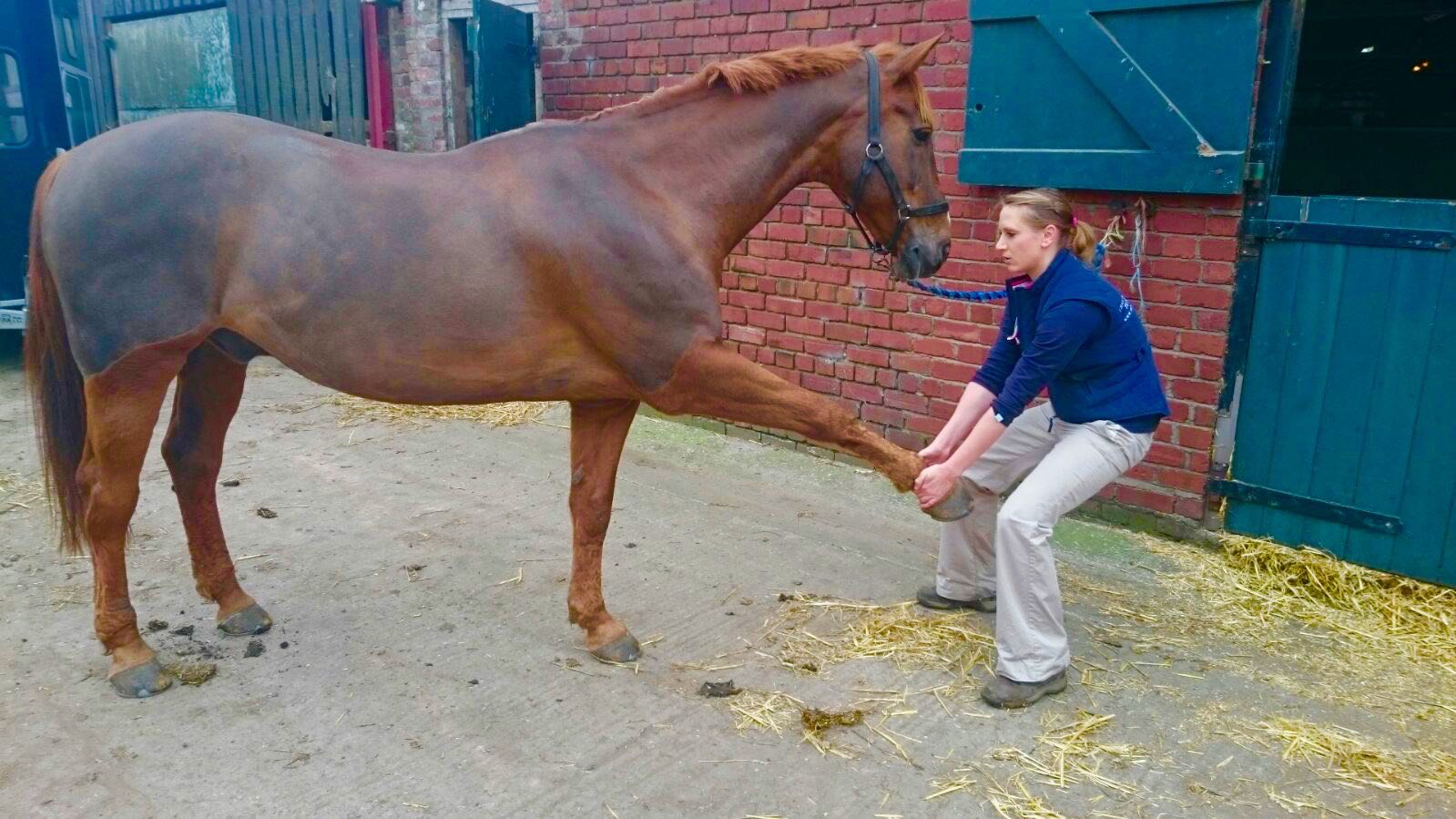Equine Physiotherapy
Physio for horse and rider across WirralPhysiotherapy can benefit horses of all levels from elite eventers to elderly hacking ponies and everything in between.
By reducing muscle spasm and tension, mobilising joints, reducing pain and facilitating normal movement patterns, the horse is able to work comfortably and consistently.
Equine Physiotherapy problems seen;
- Back pain.
- Neck pain/stiffness.
- Asymmetry
- Changes in behaviour eg- nipping, reluctance to be tacked up, bucking, rearing, mounting issues.
- Changes in performance-refusing jumps, stiffness on one rein, stiffness on one rein.
- Muscle tightness and stiffness, discomfort when grooming.
- Tendon and ligament injuries.
- Routine check/advice following time off from ridden work or a change in workload.
Treatment types used include;
- Soft tissue release techniques
- deep tissue massage
- joint mobilisations
- stretching
- exercise programmes (both in session and as a home programme)
- electrotherapy including NMES, LASER, PEME and ultrasound
Unsure if Physiotherapy is right for your horse please contact Naomi.
What will happen at an assessment?
Prior to assessment it is required by law that the treating Chartered Veterinary Physiotherapist gain consent from the animal’s veterinary surgeon. Members of ACPAT adhere to this requirement to ensure the safety of the animal and for insurance purposes. This will be done by the Physiotherapist and is included as part of the assessment process. This opens a line of communication between Veterinary Surgeon and Physiotherapist which is greatly beneficial for the discussion of findings and possible progression of treatment as a multidisciplinary team.
Initial assessment – This first session includes a full assessment, treatment and prescription of a home exercise programme.
- A detailed history of the animal will be taken including information on the current problem, past medical history, previous treatment and any medication along with what the animal’s day to day routine is and any work they are in.
- Conformation and posture along with gait analysis including; walk and trot up, small circles and often lunging or a ridden assessment if indicated.
- A thorough palpation (hands on feel) of the animals muscles, joints and joint range of movements.
- Treatment and prescription of an exercise programme


Share
Share this page with your friends!